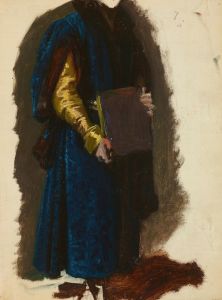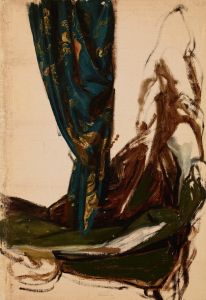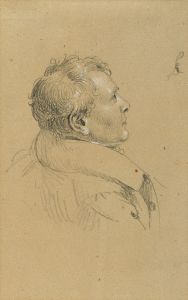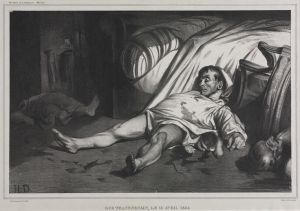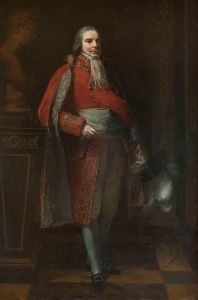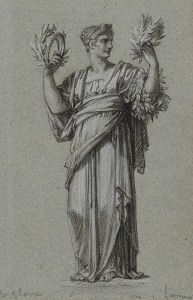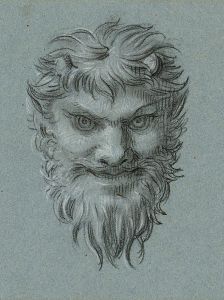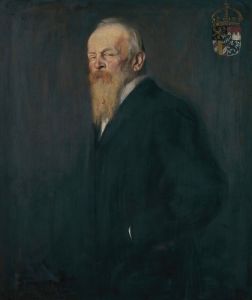
Study for a Portrait of Empress Joséphine
A hand-painted replica of Pierre-Paul Prud'hon’s masterpiece Study for a Portrait of Empress Joséphine, meticulously crafted by professional artists to capture the true essence of the original. Each piece is created with museum-quality canvas and rare mineral pigments, carefully painted by experienced artists with delicate brushstrokes and rich, layered colors to perfectly recreate the texture of the original artwork. Unlike machine-printed reproductions, this hand-painted version brings the painting to life, infused with the artist’s emotions and skill in every stroke. Whether for personal collection or home decoration, it instantly elevates the artistic atmosphere of any space.
Pierre-Paul Prud'hon, a prominent French painter of the late 18th and early 19th centuries, is renowned for his neoclassical style and his ability to capture the grace and elegance of his subjects. One of his notable works is the "Study for a Portrait of Empress Joséphine," which reflects his skill in portraiture and his connection to the Napoleonic court.
Prud'hon was born on April 4, 1758, in Cluny, France. He studied in Dijon and later in Paris, where he was influenced by the works of earlier masters and the neoclassical movement that was gaining prominence at the time. His style is often characterized by its soft, romantic qualities, which set him apart from some of his contemporaries who favored a more rigid neoclassical approach.
The "Study for a Portrait of Empress Joséphine" is a preparatory work for a larger portrait of Joséphine de Beauharnais, the first wife of Napoleon Bonaparte and the first Empress of the French. Joséphine was a significant figure in French society and politics during her marriage to Napoleon, and her portraits were in high demand.
Prud'hon's study captures the empress with a sense of grace and poise, emphasizing her status and elegance. The study likely served as a preliminary sketch to explore composition, lighting, and the overall mood of the final portrait. Prud'hon's use of delicate lines and subtle shading in the study highlights his mastery of drawing and his ability to convey the softness and refinement of his subject.
While the final portrait of Empress Joséphine by Prud'hon is not as widely recognized as some of his other works, the study remains an important piece that showcases his artistic process and his connection to the imperial court. Prud'hon's portraits were known for their psychological depth and ability to capture the inner character of his subjects, qualities that are evident in this study.
Prud'hon's relationship with the Napoleonic regime was complex. Although he received commissions from the court, he maintained a degree of independence in his work. His portraits of Joséphine and other members of the court were not merely flattering depictions but also insightful representations that revealed the personalities and emotions of his sitters.
The "Study for a Portrait of Empress Joséphine" is an example of Prud'hon's contribution to the art of portraiture during a time of significant political and social change in France. His ability to blend neoclassical ideals with a romantic sensibility made his work distinctive and influential.
Prud'hon's legacy as an artist is marked by his unique approach to portraiture and his influence on later generations of artists. His works continue to be studied and admired for their technical skill and emotional depth. The study of Empress Joséphine remains a testament to his talent and his role in capturing the essence of one of history's notable figures.





